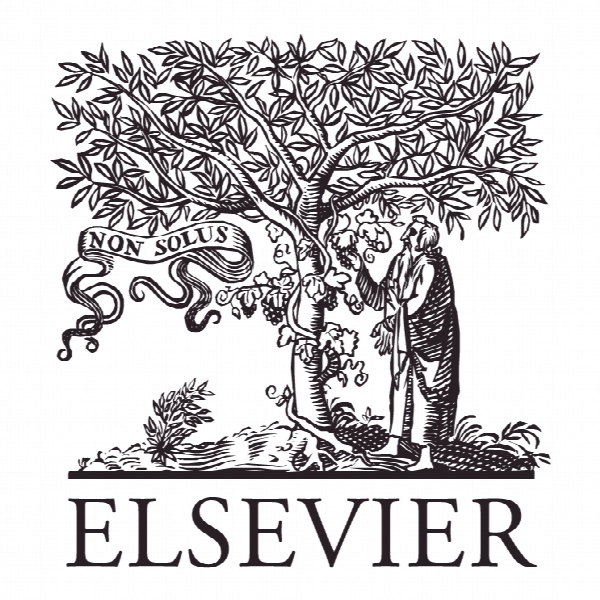دستیابی به مزیت رقابتی از طریق چابکی زنجیره عرضه در عدم قطعیت: ساختار جدید تصمیم گیری چند معیاره Achieving competitive advantage through supply chain agility under uncertainty: A novel multi-criteria decision-making structure
- نوع فایل : کتاب
- زبان : انگلیسی
- ناشر : Elsevier
- چاپ و سال / کشور: 2018
توضیحات
رشته های مرتبط مدیریت، اقتصاد
گرایش های مرتبط مدیریت کسب و کار، اقتصاد پولی
مجله Int. J. Production Economics
دانشگاه School of Business – Dalian University of Technology – China
منتشر شده در نشریه الزویر
کلمات کلیدی پروتکل شبکه تحلیلی بسته شده حلقه، آزمایشات تصمیم گیری و آزمایشگاه ارزیابی، روش (DEMATEL) ، روش دلفی فازی، نظریه مجموعه فازی، چابکی زنجیره تامین
گرایش های مرتبط مدیریت کسب و کار، اقتصاد پولی
مجله Int. J. Production Economics
دانشگاه School of Business – Dalian University of Technology – China
منتشر شده در نشریه الزویر
کلمات کلیدی پروتکل شبکه تحلیلی بسته شده حلقه، آزمایشات تصمیم گیری و آزمایشگاه ارزیابی، روش (DEMATEL) ، روش دلفی فازی، نظریه مجموعه فازی، چابکی زنجیره تامین
Description
1. Introduction Electronics industry encounters rapid changes in market, intense competition, fast-paced technological innovations and customer’s environmental awareness increasing. Hence, firms have an essential need to develop the agility for surviving in this rival environment. Agility exists in supply chain network can help firms to achieve the competitive advantage (Hayes and Wheelwright, 1984). Previous studies emphasized that supply chain agility (SCA) focuses on promoting innovation, flexibility and speed, and then reducing the costs of production (Lin and Tseng, 2016; Tseng et al., 2008). In addition, SCA not only consider as a tool to quick respond the changes in the markets (Fayezi et al., 2015; Lin et al., 2006; Wong et al., 2014; Yusuf et al., 1999), but also encourage individual firms to work together for enhancing the environmental credentials in terms of green raw materials, eco-product design, process integration and customer-based measures (Tseng, 2010, 2011; Tseng et al., 2015). Although supply chain network is a collaborative group that formed together to attain the mutual benefit in the economic and environmental performance, it still lacks a logical and crystal structure to guide the group in achieving the competitive advantage through SCA. To address this gap, this study proposes a closed-loop hierarchical decision-making structure to explore the key drivers of SCA for developing the competitive advantage. In addition, SCA has to be structured from multidimensional considerations to reflect the real situation, which might enhance the challenge and complex in the evaluation. Thus, Van der Vorst and Beulens (2002) proposed an evaluation model to reduce the uncertainty and enhancing effectiveness in searching the key drivers. This model contained the information integration, estimating the impact of alternative actions, lean production, organizational agility, quick response and individual actions. DeGroote and Marx (2013) demonstrated that information technology can increases SCA through quick respond market changes and enhance supply chain collaboration, so firms enable to reach the cost reduction, quality improvement and the innovative processes and product design support. Several studies emphasized that developing a set of measurements for exploring the key drivers of SCA is an urgent task (Venkatraman, 1989; Agarwal et al., 2007).


